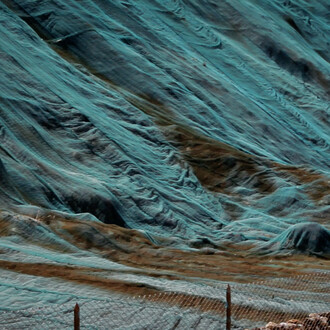The 19th century was an era of heightened image-making in Iran. As the century unfolded, the new Qajar dynasty sought to unify a country torn by decades of civil war, even as the outside world increasingly intruded on Iranian affairs. The expansionist ambitions and technological advances of European powers brought Westerners to Iran and, to a later and lesser extent, drew Iranians to the West. Stimulated and challenged by developments both inside and outside their country, Persian artists mastered new image-making technologies and readily assimilated an unprecedented influx of pictorial material from abroad into their traditional art forms.
This exhibition brings together four principal art forms—lacquer, lithography, photography, and painting and drawing on paper—to explore their separate and intertwined histories, contexts of production, and means of dissemination across sectors of society ranging from the courtly elite to the citizenry at large. The almost 80 works in the exhibition, most of which have never before been exhibited, include illustrated books, album folios, pen boxes, mirror cases, single-sheet painted and printed images, and photographs.
Several of the objects are on loan from collections within Harvard University and from private and public collections in the United States and abroad. Many of the Qajar era’s most interesting and accomplished artists are represented in the exhibition, including Abu al-Hasan Ghaffari Saniʿ al-Mulk, Antoin Sevruguin, Mubarak Mirza b. Mahmud, Mirza ʿAli Quli Khaw’i, Muhammad Ismaʿil, Muhammad Riza al-Imami, and members of the Najaf ʿAli circle of lacquer artists.
















